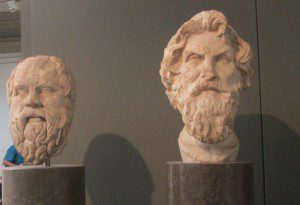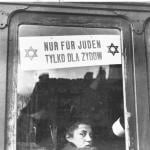From WSJ:
Mr. Kim works about 60 hours a week teaching English, although he spends only three of those hours giving lectures. His classes are recorded on video, and the Internet has turned them into commodities, available for purchase online at the rate of $4 an hour. He spends most of his week responding to students’ online requests for help, developing lesson plans and writing accompanying textbooks and workbooks (some 200 to date).
“The harder I work, the more I make,” he says matter of factly. “I like that.”
I traveled to South Korea to see what a free market for teaching talent looks like—one stop in a global tour to discover what the U.S. can learn from the world’s other education superpowers. Thanks in part to such tutoring services, South Korea has dramatically improved its education system over the past several decades and now routinely outperforms the U.S. Sixty years ago, most South Koreans were illiterate; today, South Korean 15-year-olds rank No. 2 in the world in reading, behind Shanghai. The country now has a 93% high-school graduation rate, compared with 77% in the U.S.
Tutoring services are growing all over the globe, from Ireland to Hong Kong and even in suburban strip malls in California and New Jersey. Sometimes called shadow education systems, they mirror the mainstream system, offering after-hours classes in every subject—for a fee. But nowhere have they achieved the market penetration and sophistication of hagwons in South Korea, where private tutors now outnumber schoolteachers.
Viewed up close, this shadow system is both exciting and troubling. It promotes striving and innovation among students and teachers alike, and it has helped South Korea become an academic superpower. But it also creates a bidding war for education, delivering the best services to the richest families, to say nothing of its psychological toll on students. Under this system, students essentially go to school twice—once during the day and then again at night at the tutoring academies. It is a relentless grind….
The most radical difference between traditional schools and hagwons is that students sign up for specific teachers, so the most respected teachers get the most students. Mr. Kim has about 120 live, in-person students per lecture, but a typical teacher’s hagwon classes are much smaller. The Korean private market has reduced education to the one in-school variable that matters most: the teacher.











